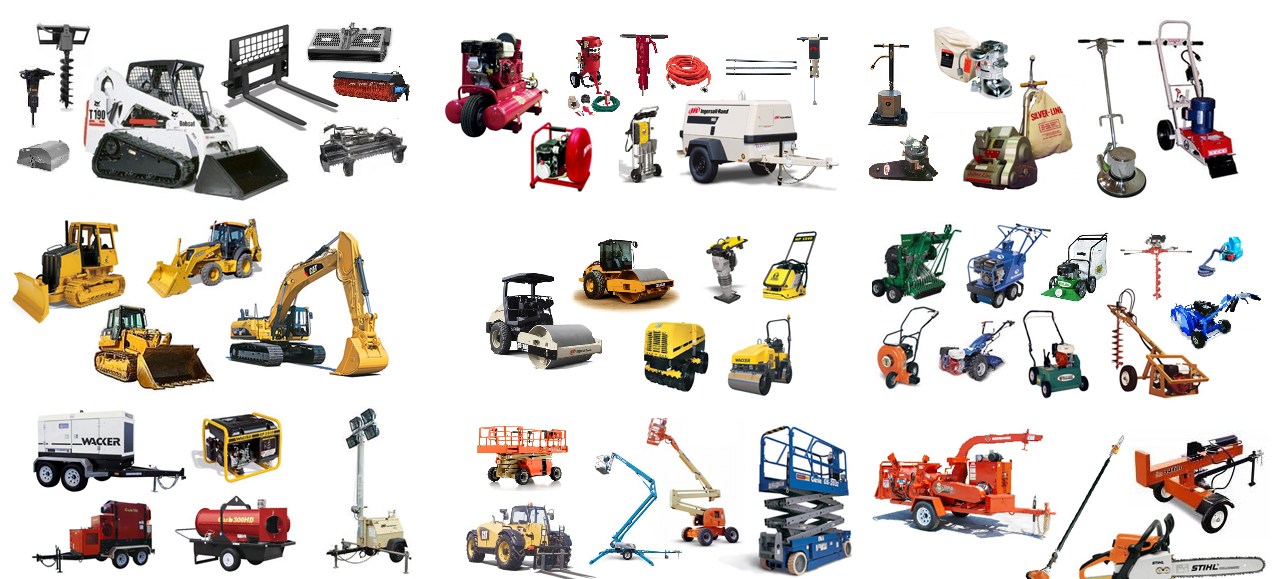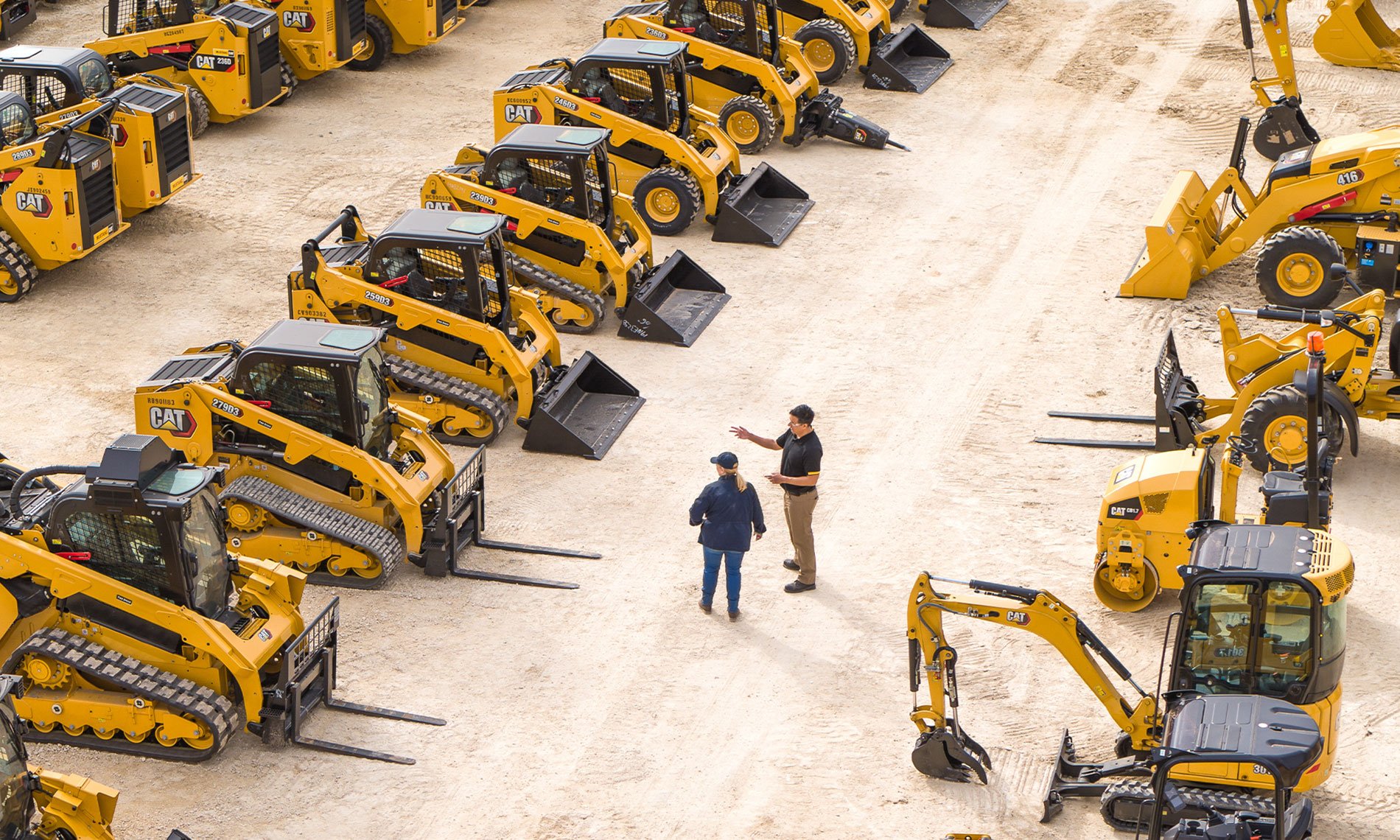Construction Equipment Rentals: Heavy Duty Machinery for Your Projects
Optimize Your Spending Plan by Recognizing the Expenses Connected With Building And Construction Devices Leasings
Understanding the complete extent of costs linked with building tools rentals is crucial for optimizing your spending plan. What techniques can be used to effectively handle these prices and guarantee a much more efficient rental experience?
Introduction of Rental Costs
When considering building and construction devices rentals, understanding the linked expenses is paramount for reliable budgeting and job planning. Rental prices can vary considerably based upon a number of factors, including equipment kind, period of leasing, and area. The preliminary rental fee often shows the tools's market demand and its linked operational abilities, influencing the general expense.
Along with the base rental rate, supplementary expenses may emerge, such as transportation costs, gas additional charges, and upkeep fees. It is important to represent these extra costs to precisely evaluate the total cost of renting devices. Furthermore, the rental period can affect prices; longer leasings may receive reduced rates, while temporary leasings might sustain greater daily charges.

Break Down of Rental Prices
A thorough understanding of rental prices is crucial for professionals and job supervisors intending to optimize their spending plans. Rental rates for building and construction equipment commonly include several components, including base prices, time-based fees, and use charges.
Base rates are the core fees related to the rental of the equipment, commonly determined by the type and dimension of the equipment. These prices can differ dramatically, influenced by elements such as equipment need, accessibility, and regional market patterns. Time-based charges, which may be daily, weekly, or monthly, offer to accommodate various task timelines and rental durations.
In addition, rental prices might include use fees, which apply when devices is utilized beyond a specified limit, making sure that the rental business can account for wear and tear. Seasonal demand fluctuations can also impact rental prices, with peak building periods usually regulating higher rates.
Furthermore, recognizing the rental firm's policies relating to maintenance and insurance can supply additional insight into the overall expense structure. By assessing these elements, professionals can make informed choices, making sure the choice of rental tools lines up with both project needs and budget restrictions.
Added Costs to Think About
Comprehending the complexities of extra charges is vital for specialists to handle their overall service expenditures successfully. Beyond the common rental prices, numerous auxiliary fees can substantially impact the total expense of tools service. These costs commonly consist of shipment and pick-up charges, which can differ based upon distance and logistics entailed in delivering the tools to and from the work website.
Additionally, some rental companies may enforce fuel surcharges if the tools is returned with much less fuel than when rented. It is additionally necessary to understand possible cleaning charges, particularly for customized equipment that requires extensive upkeep after use.

Extensively assessing the rental agreement and making clear these added fees in advance can aid specialists avoid unexpected costs and guarantee that spending plans remain intact throughout the job lifecycle.
Repair And Maintenance Costs
Regular upkeep and fixing expenditures are often neglected elements that can dramatically influence the general expense of building equipment services. When renting devices, it is crucial to think about not only the rental costs but also the prospective costs related to keeping the machinery in optimal operating condition.
Several rental construction fans and blowers business consist of standard upkeep as part of the rental arrangement; nonetheless, much more extensive repairs or unforeseen malfunctions can cause extra expenses. this link It's important to assess the rental agreement meticulously to understand what maintenance solutions are covered and what duties fall on the renter.
Additionally, devices that is not properly maintained can lead to inefficiencies on duty website, possibly creating hold-ups and increasing job costs. To alleviate these threats, it is suggested to conduct regular inspections and maintain open communication with the rental provider regarding any type of problems that occur during use.
Insurance Coverage and Responsibility Prices
Insurance policy and responsibility expenses are important elements that can considerably affect the overall expense of construction tools services (construction equipment rentals). These costs ensure that both the rental firm and the customer are secured from prospective financial losses arising from crashes, damages, or theft throughout the rental period

Furthermore, clients must understand any type of deductibles or exclusions in the insurance plan, as these can affect possible out-of-pocket expenses. Comprehending the conditions of any type of insurance coverage is crucial to stay clear of unforeseen prices. Ultimately, budgeting for insurance policy and liability costs can aid guarantee a smoother rental experience and secure against monetary threats associated with construction jobs.
Conclusion
To conclude, a thorough understanding of the costs connected with building and construction equipment services is essential for efficient budget plan monitoring. By analyzing rental rates, extra charges, upkeep expenditures, and insurance demands, organizations and individuals can minimize unexpected expenditures. This strategic method not only improves cost-effectiveness but likewise makes sure that projects advance construction equipment operators smoothly and effectively. Eventually, notified decision-making concerning devices services contributes to the overall success of construction endeavors.
Rental prices can differ substantially based on several elements, consisting of equipment kind, period of rental, and location (aerial lift rental). The rental duration can impact pricing; longer services might qualify for affordable rates, while temporary leasings could incur higher everyday charges
By performing complete research and involving with respectable rental business, contractors can successfully navigate the intricacies of rental pricing, eventually optimizing their monetary resources.
Beyond the standard rental prices, various auxiliary fees can substantially impact the overall cost of devices service. Rental business usually give obligation insurance policy that covers injuries to third events or damage to building, while equipment damage insurance policy can cover the cost of repair services or substitute if the rented devices is harmed.